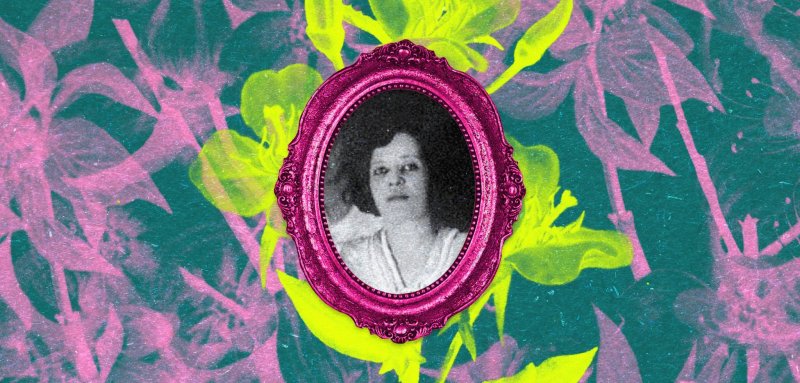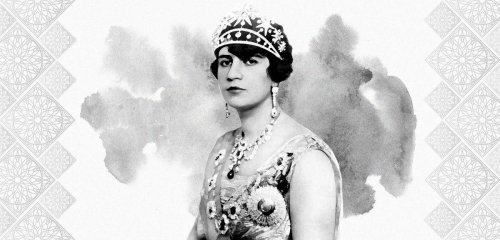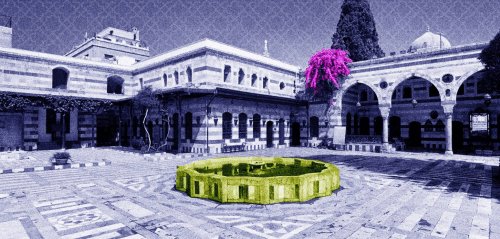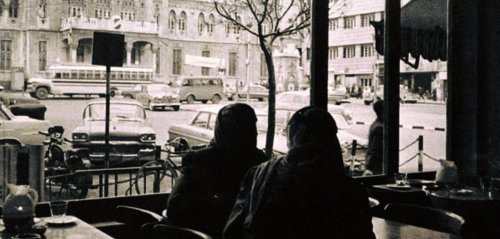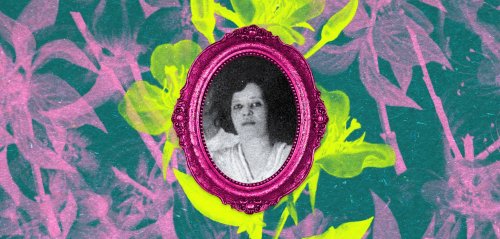Sharifa Huzaima bint Nasser, the Queen of Syria and Iraq, did not receive the same attention that her contemporary queens did, such as Queen Nazli, wife of King Fuad I of Egypt. Journalists’ lenses and pens did not chase after her the way they did Queen Farida, the first wife of King Farouk of Egypt, or his second wife Queen Nariman.
The major foreign magazines did not give her the attention they gave Queen Noor, one of Jordan’s King Hussein bin Talal consorts, and her photos were not published on the covers of magazines, like current Queen of Jordan, Rania al-Abdullah.
Unlike other consorts, Queen Huzaima lived a simple life far from the limelight, even though she was the wife of a king - Faisal I, the daughter in law of a king - Sharif Hussein bin Ali, and the mother of a king - Ghazi I. Also her twin sister Misbah was Queen of Jordan and the wife of King Abdullah I bin al-Hussein, the founder of the Hashemite Kingdom of Jordan.
Queen Huzaima was born in Mecca in 1885 and lived her early childhood and her youth in the cities of Hejaz. She is the daughter of Sharif Nasser Pasha, the cousin of Sharif Hussein. In 1905, she married his son, Prince Faisal, and lived with him in Istanbul for intermittent periods when he was elected as a representative of the city of Jeddah in the Ottoman Parliament (Council of “Envoys”) in 1908.
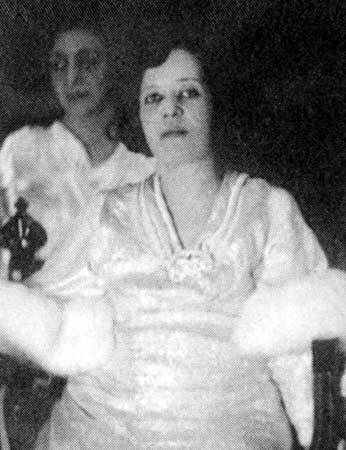
Queen Huzaima
When the Great Arab Revolt was publicly announced by her uncle Sharif Hussein in 1916, she returned to Hijaz and did not see her husband until he entered Damascus as conqueror and liberator on October 3, 1918, announcing the end of Turkish rule in Syria.
Queen Huzaima lived a simple life far from the limelight, even though she was the wife of a king - Faisal I, the daughter in law of a king - Hussein bin Ali, and the mother of a king - Ghazi I. Her twin sister Misbah was Queen of Jordan, wife of King Abdullah bin al-Hussei
Faisal telegraphed his wife, asking her to join him in Damascus. After receiving the telegraph in January 1919, she headed to Damascus accompanied by her daughters, Princesses Azza, Raifa and Rajiha, and Prince Ghazi, her five year old son who would become the second king of Iraq just a few years later. Faisal was not present to welcome his family, since he had left for France a few days ago to attend the peace conference held in Paris on behalf of his father.
Huzaima and the ladies of Damascus
Princess Huzaima, who was in her mid-thirties, was astonished by the level of progress and sophistication she found in Damascus, in comparison to Mecca, from cafes to theaters and newspapers, including a women’s publication called “Al Arous" (‘The Bride’) magazine. She lived in a luxurious building in the al-Afif district outside the walls of the old city, which still stands there to this day as the French Embassy.
Just days following her arrival in Damascus, a delegation of women came to welcome the Arabian princess from the desert. The delegation consisted of Zahraa al-Yusuf, sister of Abdul Rahman Pasha al-Yusuf (Emir of the Damascus Hajj), Asmaa Eid, wife of Finance Minister Fares al-Khoury, and Na’ama al-Omari, consort of Jamil al-Ulshi, top military aide to Prince Faisal.
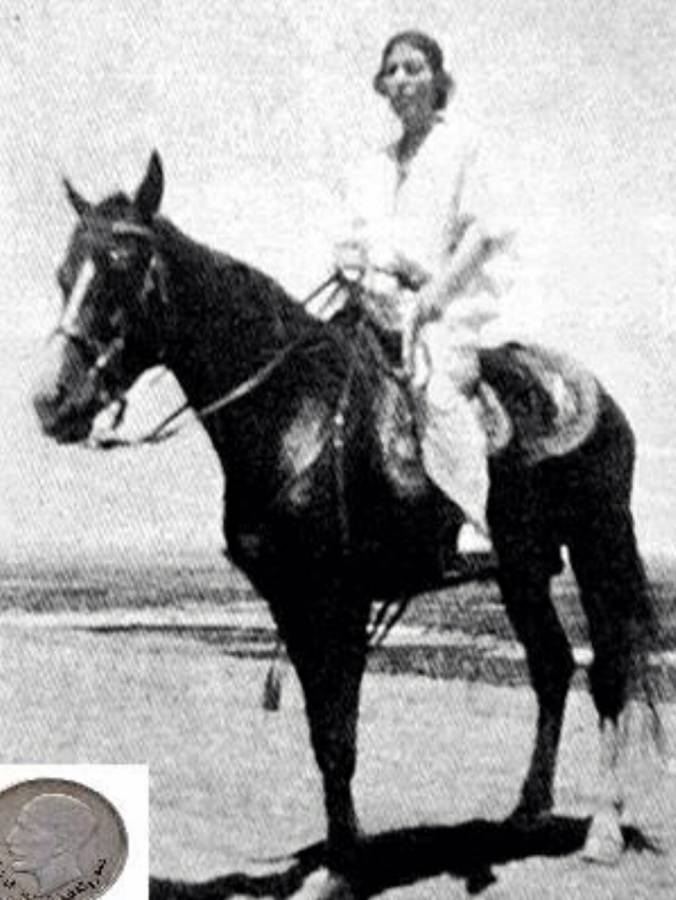
Queen Huzaima
Zahraa al-Yusuf did not bow before Princess Huzaima, like the ladies of Istanbul were accustomed to do in the presence of the wives of the sultans, or how the ladies of Hijaz would when they entered the harem of the Sharif Hussein house in Mecca. The ladies of Damascus did not treat her as a ruling woman, since Damascenes had never really known any queen or first lady throughout their history.
The women of all the Ottoman rulers were completely absent from the public eye, never making any appearances or leaving their palaces. Princess Huzaima expected that the same would be applied to her just as it had the women before her.
She was however surprised by the way her guests were dressed. They all had their heads and faces uncovered, and had ornaments and jewelry adorning their ears. They had styled their hair at the hairdressers’, known as the “mashitat” at that time. Huzaima had welcomed her guests donning the traditional head covering that she would wear at her uncle’s house in Mecca, thinking that it was mandatory in an ancient city known for its sanctity and dubbed “al-Sham al-Sharif” (‘holy Damascus’) during the days of Turkish rule.
Huzaima arrived to Damascus in her 30s, she was astonished by the sophistication in Damascus, in comparison to Mecca, from cafes to theaters and newspapers, including a women’s publication called “The Bride”, women did not wear the veil when they welcomed her
It soon became clear to her that all these women were well educated and could read and write. Some of them were even fluent in French. She realized that they had their own social life in different clubs and groups that did not conflict with their duties towards their families and homes.
They told her about themselves, their families, and their city. They opened the doors of their homes to her and treated her family in a very kind, gentle and compassionate manner, especially since one of her daughters, Princess Raifa, was handicapped, having suffered from complete paralysis after being dropped by a maid when she was still a baby.
They introduced her to the world of “ladies’ receptions” that the women’s society in Damascus was known for, and where every lady would set a day per month or week to host an event and welcome female guests into her home.
They taught her the secrets of their Damascene cuisine, which the people of Hijaz had never tasted anything like before. They also introduced her to the “bridge” game and the “al-Khanem” cigarette for ladies, which was produced by well-known industrialist Hajj Othman al-Sharbati.
In Damascus, Princess Huzaima took off her veil, learned how to smoke, and started to get more jealous than usual, since several Syrian women were constantly attending her husband’s council. He was a handsome young man, and she was afraid of the effect that the charms of Damascene women would have on him.
The ladies of Damascus opened their homes to Queen Huzaima and treated her kindly, she soon took off her veil and took up smoking. She worried about her handsome husband falling for the charms of Damascene women
The ladies of the Damascene society tried to take advantage of her presence among them to expand their rights and influence. They began to send her requests that they be given the right to vote and the right to run for public office positions in the state. They also wanted her to pave the way for their future generations to a just society that does not differentiate between men and women.
Huzaima began to take part in their activities and “ladies’ receptions”. On the first Tuesday of every month, the ladies of Damascus would gather in her home. She didn’t bear the title of “Queen” and was only addressed as Princess Huzaima throughout her stay in Syria, which extended from January 1919 to July 1920. Huzaima never made a public appearance with Faisal during any official occasion, not even on the day he was crowned king of Syria on March 8, 1920.
But the reign of King Faisal did not last much longer after that. He suffered a nasty blow on the battlefield following a military confrontation with the French army in the Battle of Maysalun on July 24, 1920. The French mandate was then imposed on Syria, and on August 1, 1920, Faisal left Syrian territories and headed to Europe through the Palestinian city of Haifa to protest the offensive way in which he had been excluded from Syria.
Huzaima did not go to Europe with her husband, instead traveling back to Hejaz with her children. She thought her stay would only be a temporary one until Faisal could reach an acceptable solution with the French that would keep him on his throne, so she didn’t take any of her belongings with her, nor her memories of Syria or even her children’s toys. But she never went back to Damascus, staying in Mecca and the Hijaz until 1924, when King Faisal invited her to come to Baghdad, three years after his inauguration as King of Iraq.
King Faisal assigned Huzaima Judith Page, a Circassian lady in waiting to take care of her everyday affairs. He also appointed the British chancellor’s wife, Lady Cromollis, as her assistant, and had an English nanny for his children
In Iraq
Huzaima arrived in Baghdad on December 7, 1924, and was welcomed by a delegation of Iraqi women led by journalist Paulina Hassoun, owner of “Layla” magazine and wife of the owner of the “Al-Alam Al-Arabi” newspaper, journalist Salim Hassoun.
There was no royal palace in Baghdad at the time, and so the Interior Ministry assigned a house to the ruling Hashemite family. Known as the Shashoua Palace, it was more of a luxury building than a palace, when compared to the lavish palaces that were in Cairo at that time.
Following Faisal’s death, the throne passed on to her only son, “King Ghazi”, and soon Huzaima came to be known as “Her Majesty the Queen Mother”. She did not live long after that, dying of a heart attack on March 27, 1935 before she reached the age of 50
King Faisal assigned Huzaima a Circassian lady named Judith Page to accompany her as a first lady and take care of her everyday affairs. He also appointed the British chancellor’s wife, Lady Cromollis, as her assistant, and brought a British lady called Miss Farley to raise the children.
He asked his friend, the famous British writer Gertrude Bell, to teach them the English language and the “etiquette” of Britain’s ruling families, including table manners, playing the piano and the intricacies of classical music. In Bell’s memoirs, the writer describes Princess Huzaima, - who from then on came to be known as “Queen Huzaima” - saying, “She was a shy, sensitive and attractive woman, aside from the kindness and generosity that she was blessed with.”
But Huzaima did not bear the same feelings of affection and respect towards Gertrude Bell. She had grown tired of Bell’s frequent meddling in the affairs of the palace, and constant attempts to impose her dominance on the children, and especially on Crown Prince Ghazi. On April 9, 1926, Huzaima was forced to leave her home once again due to the flooding of the Tigris River, which damaged the Shashoua Palace and made it completely uninhabitable.
She moved with her children to the house of Menahem Saleh Daniel, the Iraqi Jew who offered his home to King Faisal and his family. She continued to live there until the ‘Palace of Flowers’ (or the Villa Harathiyah) was built shortly before King Faisal died in a Swiss hospital on September 8, 1933.
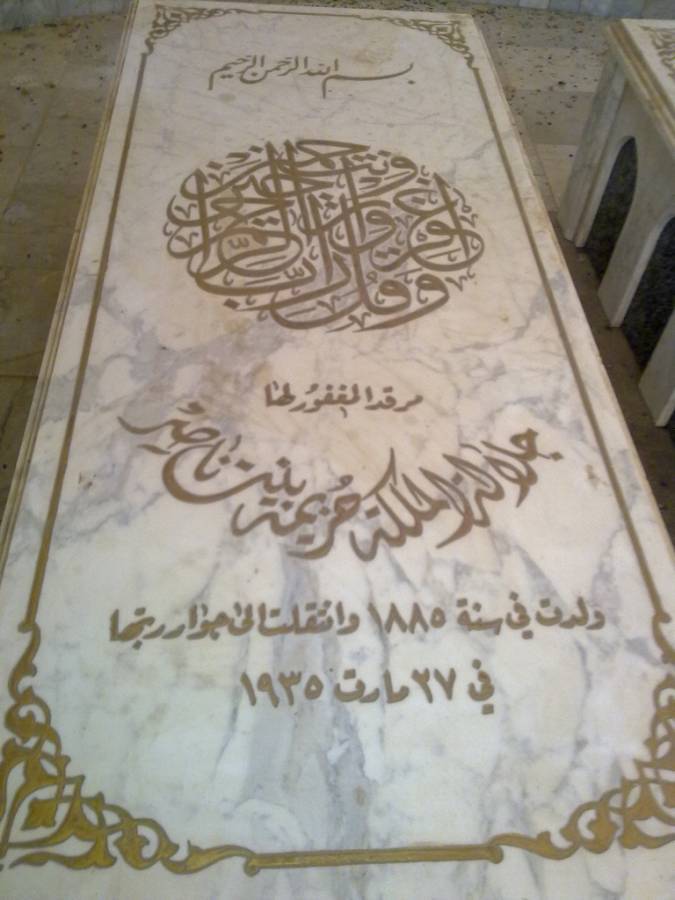
The Queen Mother
Following the king’s death, the throne was immediately passed on to her only son, whose name became “King Ghazi I”, and soon Huzaima came to be known as “Her Majesty the Queen Mother”. But she did not live long after that, dying of a heart attack on March 27, 1935 before she reached the age of fifty. A state funeral was held for her, led by King Ghazi, and she was buried in the royal tombs next to her husband.
Huzaima had never been happy in Iraq, and spent most of her life yearning for the Syrian throne, just like her husband had. In her memoirs published in London in 2002, Princess Badiya bint Ali (granddaughter of Sharif Hussein bin Ali) says: “Throughout his life, my uncle King Faisal would think of the Levant with fondness and affection, and would often express his deep love for the land. And it was said within the household that he longed for it until the very end of his life, perhaps because the people of the Levant were more compliant and obedient to his rule than the people of Iraq were.”
This feeling of nostalgia had taken hold of both Faisal and Huzaima, whose most famous activity in Baghdad was presiding over the Sharkiya Conference that was held in the Iraqi capital in 1932. She spent the rest of her days behind the closed doors of her palace, sheltered behind its high walls, only participating in a limited number of women’s events.
Princess Badiya mentioned in her memoirs that Huzaima had been overindulgent of King Ghazi at the expense of his sisters, the princesses. She also held her responsible for what happened to Princess Azza, who ran away with her Italian lover to the island of Rhodes and married him after she renouncing Islam and embracing the Orthodox faith. But Huzaima died before she could see the collapse of her small family herself, starting with Princess Azza’s “scandal”, then the killing of her son Ghazi in a traffic accident - which was said to have been foul play in 1939 - and finally to the tragic execution of her only grandson, King Faisal II, along with the rest of the ruling Hashemite family in the year of 1958.
Raseef22 is a not for profit entity. Our focus is on quality journalism. Every contribution to the NasRaseef membership goes directly towards journalism production. We stand independent, not accepting corporate sponsorships, sponsored content or political funding.
Support our mission to keep Raseef22 available to all readers by clicking here!
Interested in writing with us? Check our pitch process here!
